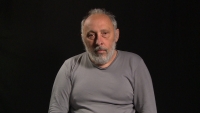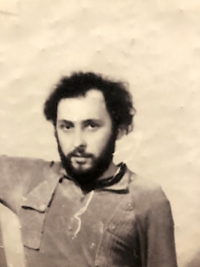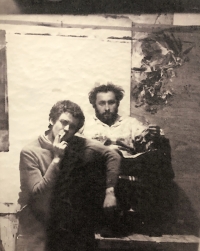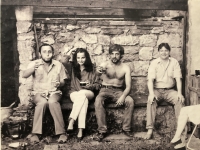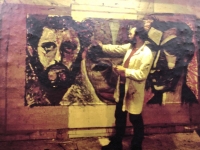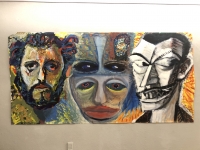We always looked for colleagues who painted differently, had a different opinion

Stáhnout obrázek
Viktor Šefčík was born on August 17, 1960 in Košice. He spent his childhood and adolescence in Košice. He went to primary schol with Hungarian as the language of education. His father knew the Košice art community, which had effect on his relationship with visual arts. He graduated as a grahphic designer at the School of Arts and Crafts in Košice. During his high schol years, he had to choose between swimming and art. Already during his high schol studies, he and his classmates organized secret exhibitions, where they presented to each other their Works which was over the framework of socialist arts. After graduating high schol he moved to Bratislava, where he tried to get to the Academy of Fine Arts. Before being accepted to the university he planned to emigrate abroad. During his university years, he looked for colleagues who painted differently and had a different opinion, which brough him to the Prague underground scene. After graduating at the Academy of Fine Arts, his struggle to create art freely resulted in an attempt to emigrate abroad. These plans were crossed by the Velvet Revolution. The 17th of November, 1989 found him in Bratislava. After returning to Košice, on November 18, 1989, in the following days he became one of the founding members of the Občianske fórum in Košice. In 1992 he went to New York. He currently lives in Hungary and still makes art.
